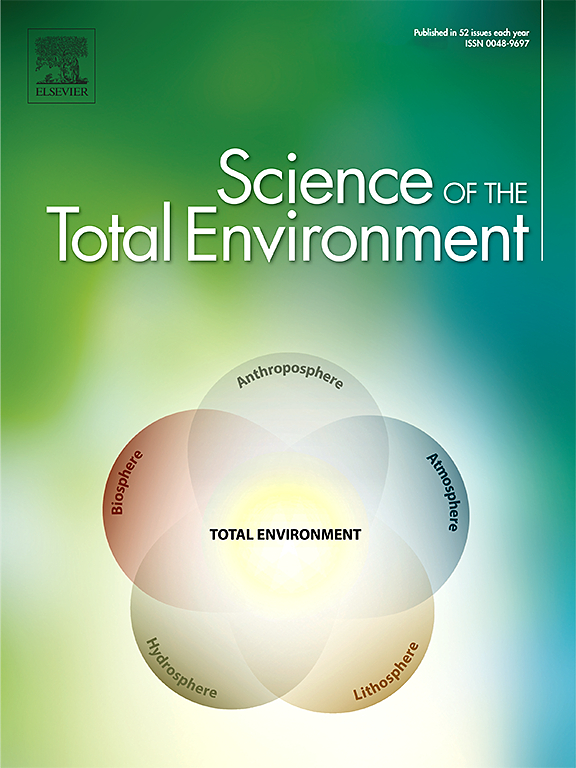Digital twins for dynamic life cycle assessment in the built environment
IF 8.2
1区 环境科学与生态学
Q1 ENVIRONMENTAL SCIENCES
引用次数: 0
Abstract
Dynamic life cycle assessment (LCA) integrated with digital twin technologies is emerging as a transformative approach to evaluating and managing environmental performance in the built environment. This study presents the Building Life-cycle Digital Twin (BLDT) framework—a novel methodology that combines real-time data from Internet of Things (IoT) devices, machine learning algorithms, and semantic interoperability to deliver dynamic, predictive, and high-resolution LCA for construction and infrastructure systems.
The framework, developed within the Computational Urban Sustainability Platform (CUSP), addresses the limitations of traditional static LCA by enabling continuous, data-driven sustainability assessments. Incorporating predictive modelling, BLDT empowers stakeholders with timely insights into energy use, emissions, and health and safety performance, supporting proactive environmental decision-making.
Validated through a case study at the Port of Grimsby, the BLDT framework facilitated a 25% reduction in energy consumption while enhancing operational efficiency. These results demonstrate the model’s potential to support decarbonisation strategies, regulatory compliance, and long-term planning in the construction sector. By operationalising dynamic LCA through digital twins, this research contributes to the advancement of real-time sustainability analytics and resilient urban development.

建筑环境中动态生命周期评估的数字孪生
与数字孪生技术相结合的动态生命周期评估(LCA)正在成为一种评估和管理建筑环境中环境绩效的变革性方法。本研究提出了建筑生命周期数字孪生(BLDT)框架——一种结合了来自物联网(IoT)设备的实时数据、机器学习算法和语义互操作性的新方法,为建筑和基础设施系统提供动态、预测和高分辨率的LCA。该框架由计算城市可持续性平台(CUSP)开发,通过实现连续的、数据驱动的可持续性评估,解决了传统静态LCA的局限性。结合预测建模,BLDT使利益相关者能够及时了解能源使用、排放以及健康和安全绩效,支持主动的环境决策。通过格里姆斯比港的案例研究,BLDT框架在提高运营效率的同时减少了25%的能源消耗。这些结果表明,该模型具有支持建筑行业脱碳战略、监管合规和长期规划的潜力。通过数字孪生实现动态LCA,本研究有助于推进实时可持续性分析和弹性城市发展。
本文章由计算机程序翻译,如有差异,请以英文原文为准。
求助全文
约1分钟内获得全文
求助全文
来源期刊

Science of the Total Environment
环境科学-环境科学
CiteScore
17.60
自引率
10.20%
发文量
8726
审稿时长
2.4 months
期刊介绍:
The Science of the Total Environment is an international journal dedicated to scientific research on the environment and its interaction with humanity. It covers a wide range of disciplines and seeks to publish innovative, hypothesis-driven, and impactful research that explores the entire environment, including the atmosphere, lithosphere, hydrosphere, biosphere, and anthroposphere.
The journal's updated Aims & Scope emphasizes the importance of interdisciplinary environmental research with broad impact. Priority is given to studies that advance fundamental understanding and explore the interconnectedness of multiple environmental spheres. Field studies are preferred, while laboratory experiments must demonstrate significant methodological advancements or mechanistic insights with direct relevance to the environment.
 求助内容:
求助内容: 应助结果提醒方式:
应助结果提醒方式:


